In a tweet published yesterday afternoon by Raja Koduri, Intel’s SVP and GM of the Accelerated Computing Systems and Graphics (AXG) Group, the GPU frontman revealed that Intel has dropped their plans to bring their Xe-HP series of server GPUs to the commercial market. Citing that Xe-HP has evolved into the Xe-HPC (Ponte Vecchio) and Xe-HPG (Intel Arc) families within Intel’s GPU group, the company seemingly no longer sees a need to release a second set of server GPUs – at least, not something based on Xe-HP as we know it.
We deployed Xe HP in our oneAPI devcloud and leveraged it as a SW development vehicle for oneAPI and Aurora. We currently don’t intend to productize Xe HP commercially, it evolved into HPG and HPC that are on general market production path
— Raja Koduri (@Rajaontheedge) October 28, 2021
Also known by the codename Arctic Sound, Intel’s initial family of server GPUs has been the most visible product under development from Intel’s reborn GPU group. Koduri frequently showed off chips housing the silicon as it was brought-up in Intel’s labs. And, Xe-LP/DG1 excepted, this was the first high-performance Xe silicon that Intel developed. Notably, it was also the only high-performance Xe silicon slated to be manufactured by Intel; Xe-HPC’s compute tiles and Xe-HPG dies are both being built by TSMC.
We haven’t heard much of Xe-HP this year, and in retrospect that was a sign that something was amiss. Still, as of year Intel had been showing off Xe-HP demos with performance as high as 42 TFLOPS of FP32 throughput. And in November the company announced that Xe-HP was sampling to select customers.
But, as it would seem, Xe-HP just isn’t meant to be. For 2021 Intel has been focused on getting Ponte Vecchio assembled for the Aurora supercomputer (and eventually other customers), as well as bringing up the Xe-HPG Alchemist GPU family for Q1 of 2022. According to Koduri, Xe-HP has been leveraged as a development vehicle for Aurora and Intel’s oneAPI – so it hasn’t gone unused – but that’s as far as Xe-HP has made it.
For now, the cancellation of Xe-HP raises some big questions about Intel’s server GPU plans. Xe-HP was intended to be the backbone of their server efforts, utilizing a scalable design that could range from one to four cores to serve datacenter needs ranging from compute to media processing. Between Xe-HP and Ponte Vecchio covering the very high end of the market (e.g. HPC), Intel was slated to develop a potent slate of parallel processors to compete with market-leader NVIDIA, and offer traditional Intel customers a GPU option that let them stay in Intel’s ecosystem.
At this point it’s not clear what will fill the void left by Xe-HP in Intel’s product stack. Ponte Vecchio is in production now, and judging from Intel’s revised Aurora figures, is performing better than expected. But the massive chip is expensive to build – at least in its current configuration. And while Xe-HPG could be called up for server use next year, unless Intel is able to tile it like Xe-HP, they won’t be able to offer the kind of performance that Xe-HP was slated to deliver.
Equally nebulous is a full understanding of why Intel opted to cancel Xe-HP. With the silicon already up and running, canceling it certainly sets back their server GPU plans. But as AMD has already begun rolling out their new CDNA2 architecture-based server GPU products, and NVIDIA is likely aiming for some kind of refresh of their own in 2022, there’s certainly the question of whether Xe-HP was simply too late and/or too slow to compete in the server market. Coupled with that, it’s the only lineup of high-performance Xe parts that Intel was fabbing themselves, using the 10nm Enhanced Superfin process (now referred to as Intel 7).
In any case, Intel is clearly not giving up on their plans to break into the server GPU market, even if pieces of that plan now need to be rewritten. We’ve reached out to Intel for additional details, and we’ll update this story further if Intel releases a more detailed statement on their server GPU plans.
from AnandTech https://ift.tt/3vWJq8G
via IFTTT
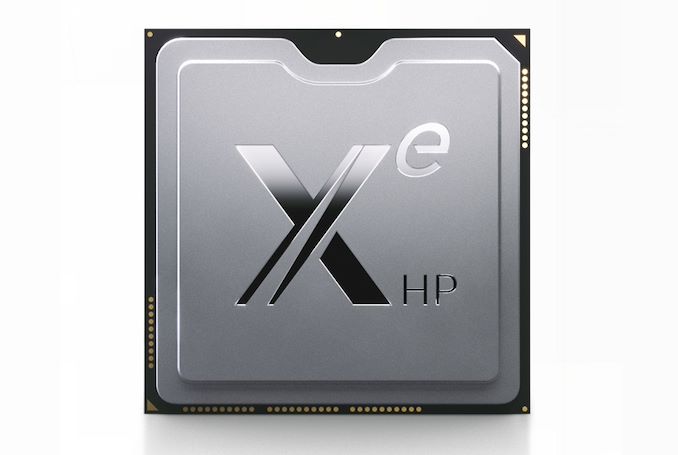
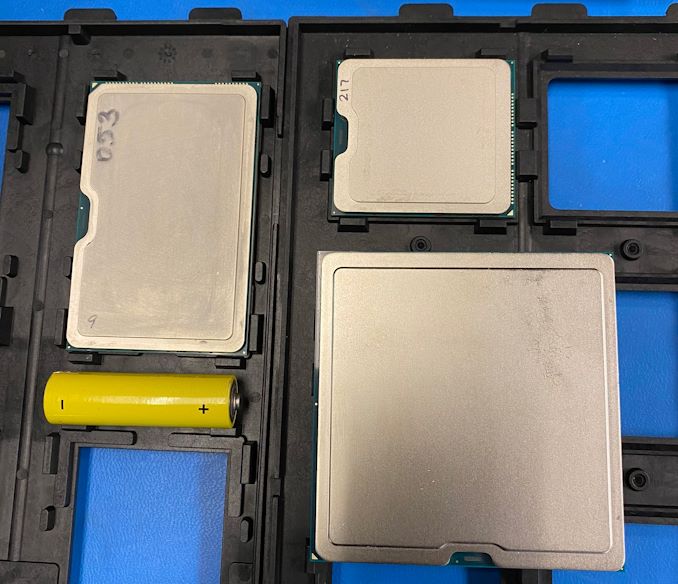
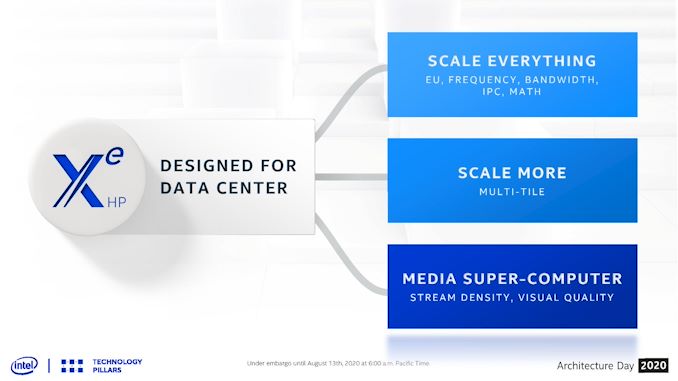
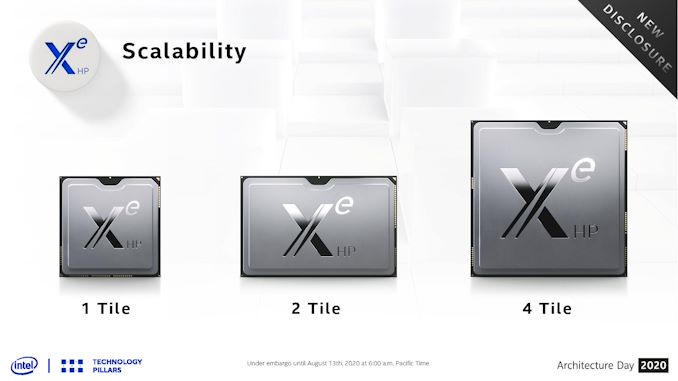
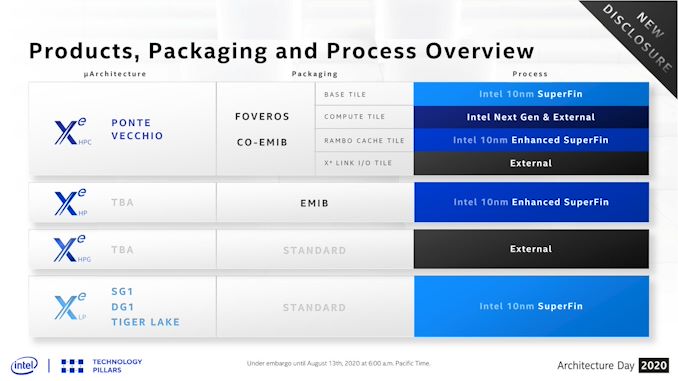
0 comments:
Post a Comment